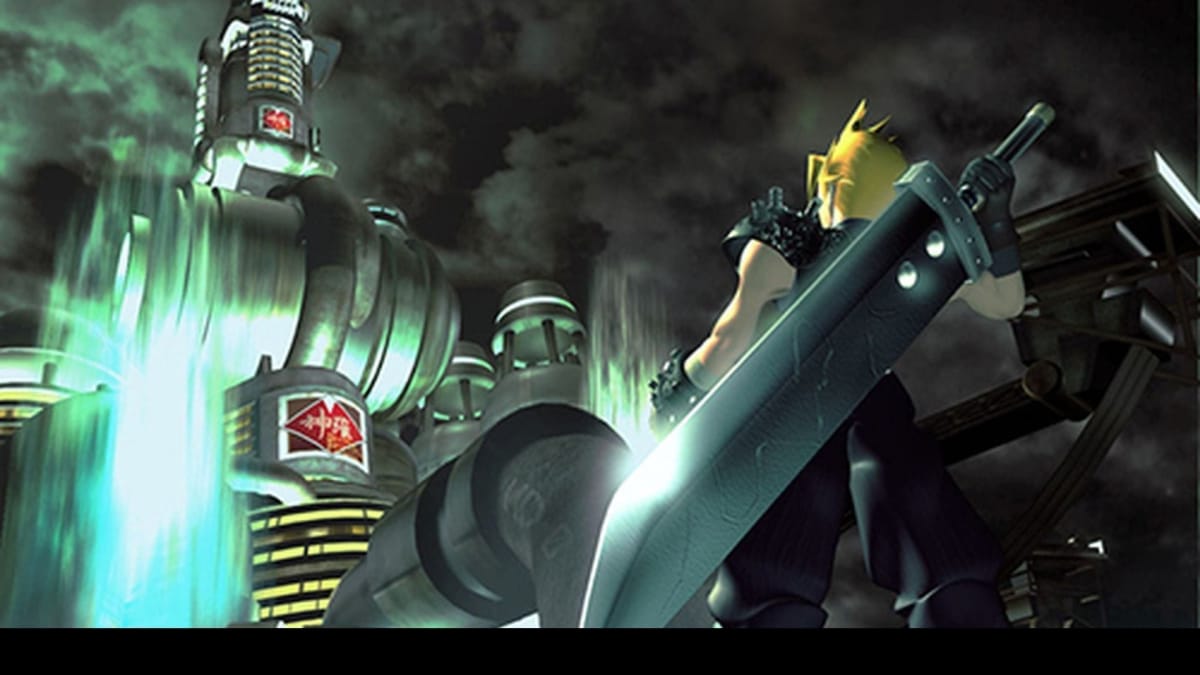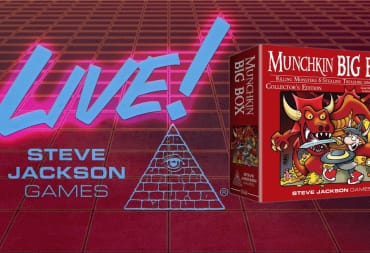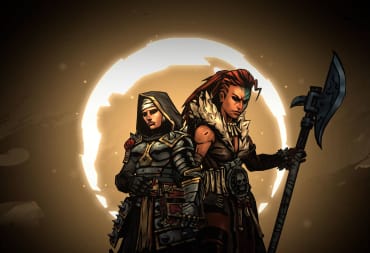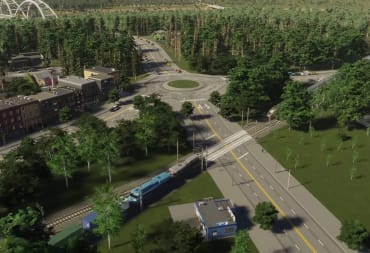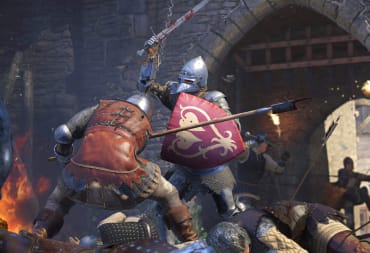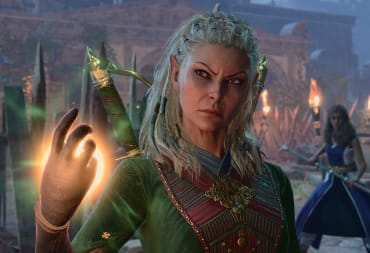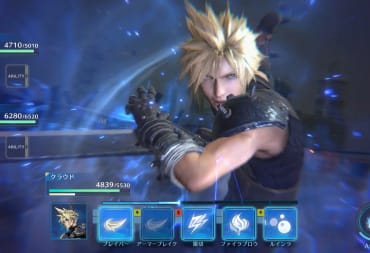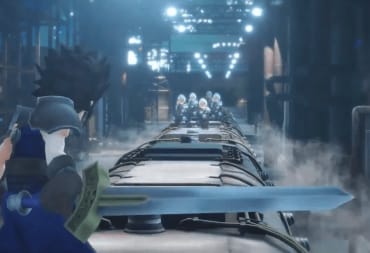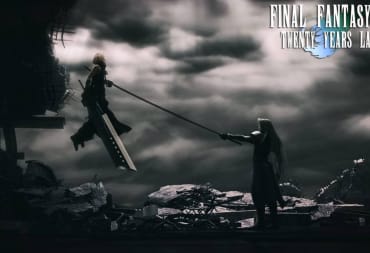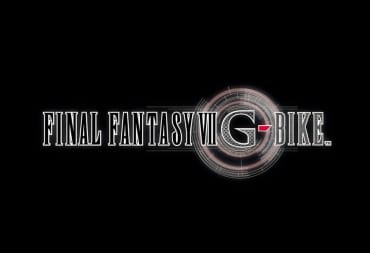Am I going to survive this month? How could I be so short-sighted as to miss the giant ball of fan-generated death looming over my precious Year of Final Fantasy? Like a meteor hurtling toward this beloved Planet, Final Fantasy VII has come knocking on our doorstep this fine June afternoon. Without the proper love and care, it could very well destroy TechRaptor or even the entire Internet!
Or … maybe I’m being too melodramatic. Maybe the game is perfectly fine and I’m just overthinking things. But maybe it isn’t! However, there’s only one way to find out.
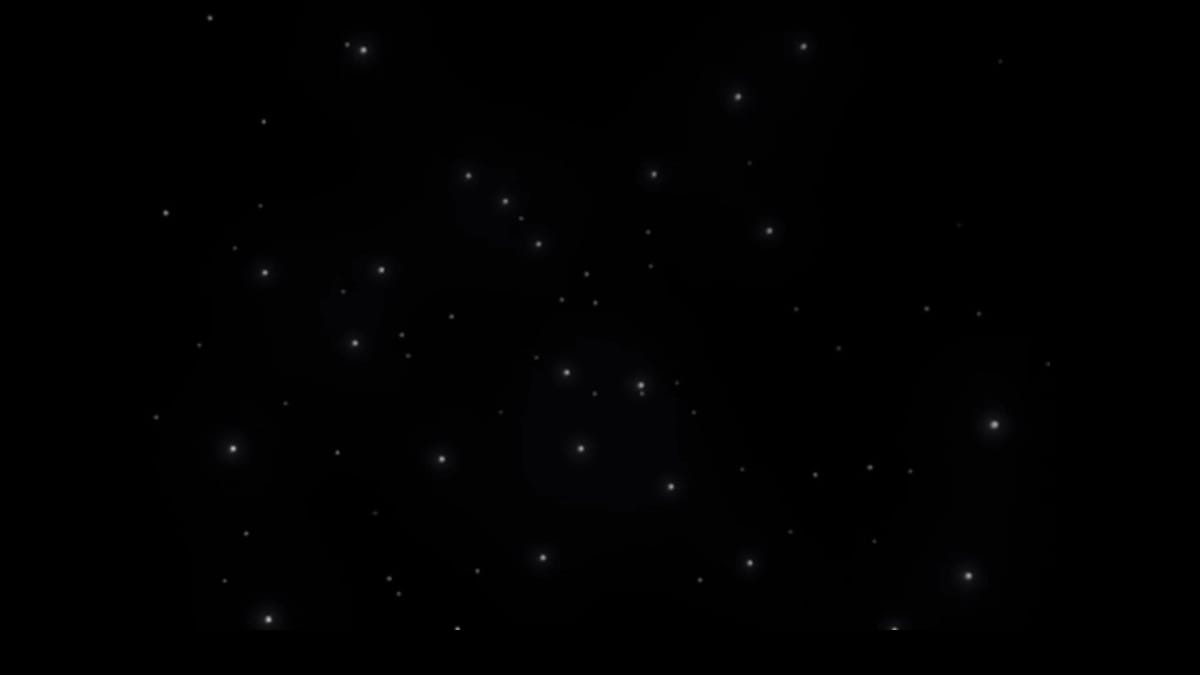
In 1997, a rift was torn through the gaming industry. With the release of the highly anticipated Final Fantasy VII, a great war began. “Clearly Final Fantasy VI is the better game! It’s got more characters, an insane villain who manages to get what he wants, diverse gameplay elements, and more. No contest.”
“I don’t think so! Final Fantasy VII has the deepest magic system out there, so much so that even your armor and weapons play a part in how your magic grows! The characters are all thoroughly fleshed out and aren’t tacked on like Umaro or Gogo!”
The debate about this game and the previous has gone on ever since Final Fantasy VII released 20 years ago. It’s a debate on the level of Sega vs. Nintendo or console vs. PC, and I’ll be honest that I’ve worried about this month for a while. I worried that if I don’t approach Final Fantasy VII with the utmost precaution, it could result in my head on a proverbial (or literal) pike.
Then, I remembered that I’m an adult. Alright, now let’s get to Final Fantasy VII!
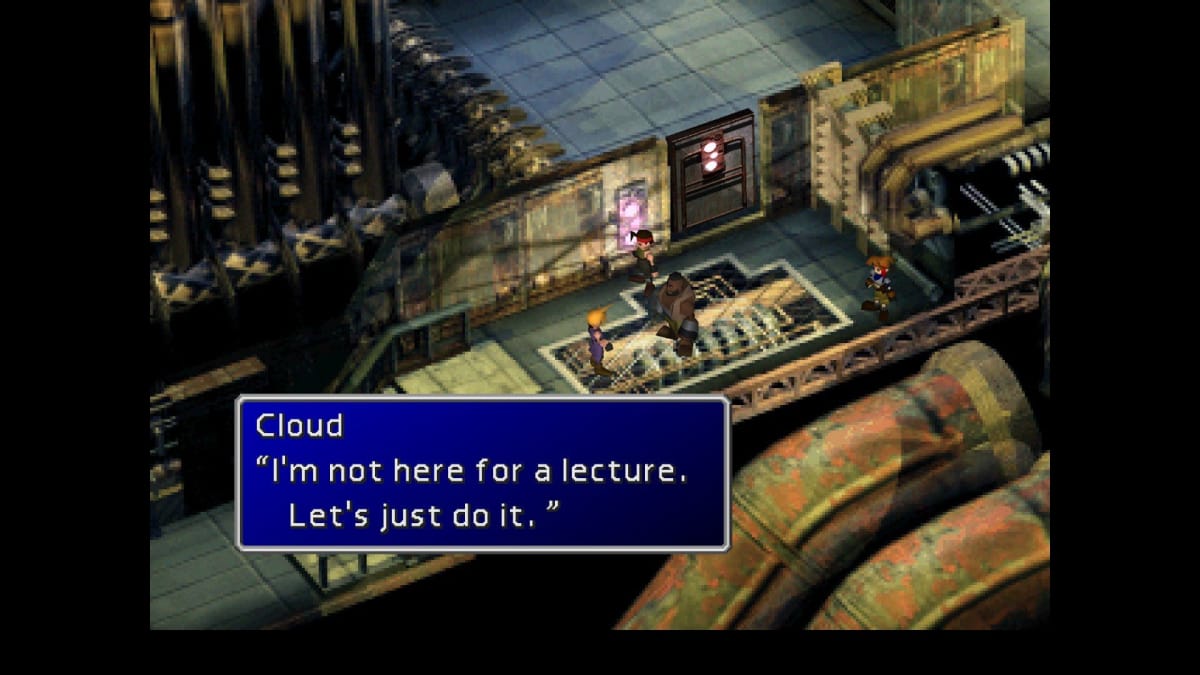
Final Fantasy VII - January 31st, 1997 (PS1, PC, iOS, Android, PS4)
Platform used for review: Steam port, 2013
Story
“Little by little the reactors'll drain out all the life. Then that'll be that.”
Final Fantasy VII wants to show you that it’s different from previous games, and the intro does that marvelously. The camera focuses on the stars in the sky, then we see a young lady with a flower basket in an alley, walking out to start selling her wares.
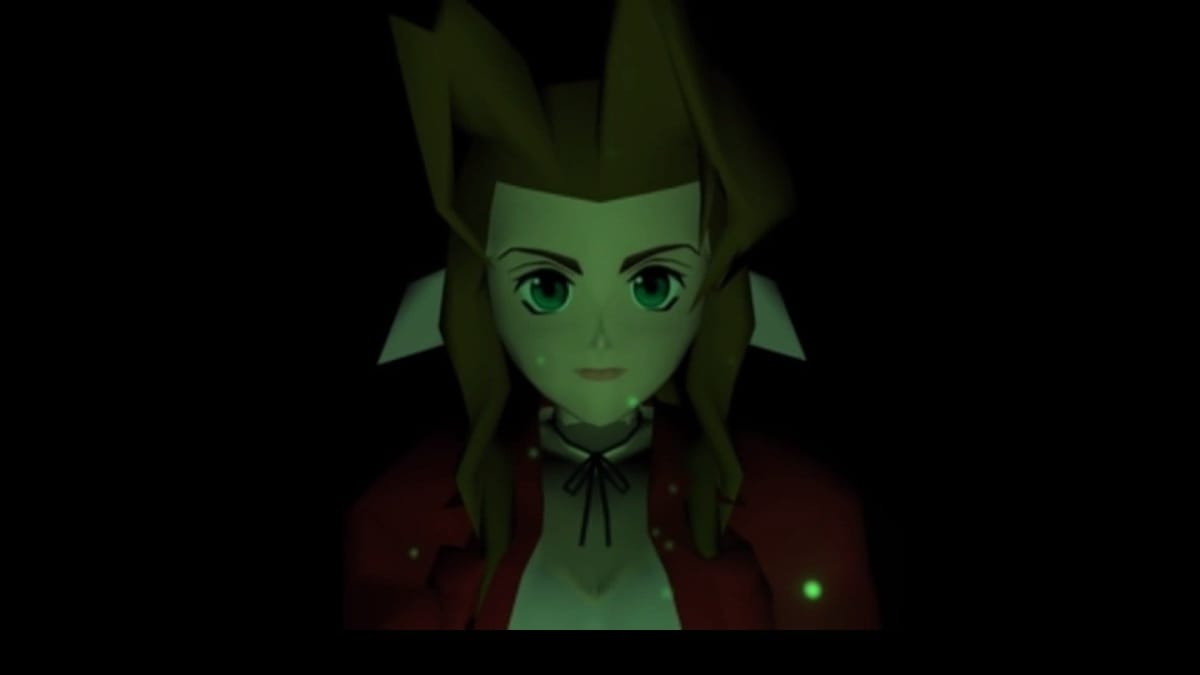
The camera continues to pull further out, showing more and more of the scene until we see the entirety of Midgar, an enormous industrial city. Where Edgar may have been considered an engineering pioneer in Final Fantasy VI and the world had started adopting industrial elements, its descendant makes it clear from the get-go that this is a world that has embraced industry and technology for generations with a simple pan-out.
This is where Final Fantasy VII really begins. The camera begins to zoom back on a different part of the city, and we jump right into the story of an apparent attack on a factory. This opening bombing mission introduces us to a foul-mouthed group leader named Barret Wallace and the protagonist of the game, Cloud Strife. Barret, the leader of an ecoterrorism group called AVALANCHE, believes that the Mako energy being generated for the city in the various reactors is killing the very planet they live on. The reactors (and really, all of Midgar) are owned by Shinra Inc., a hugely influential company in the center of the round city. Barret hires Cloud, a former member of Shinra’s elite military force SOLDIER, to help him infiltrate the Mako reactor in order to blow it up.
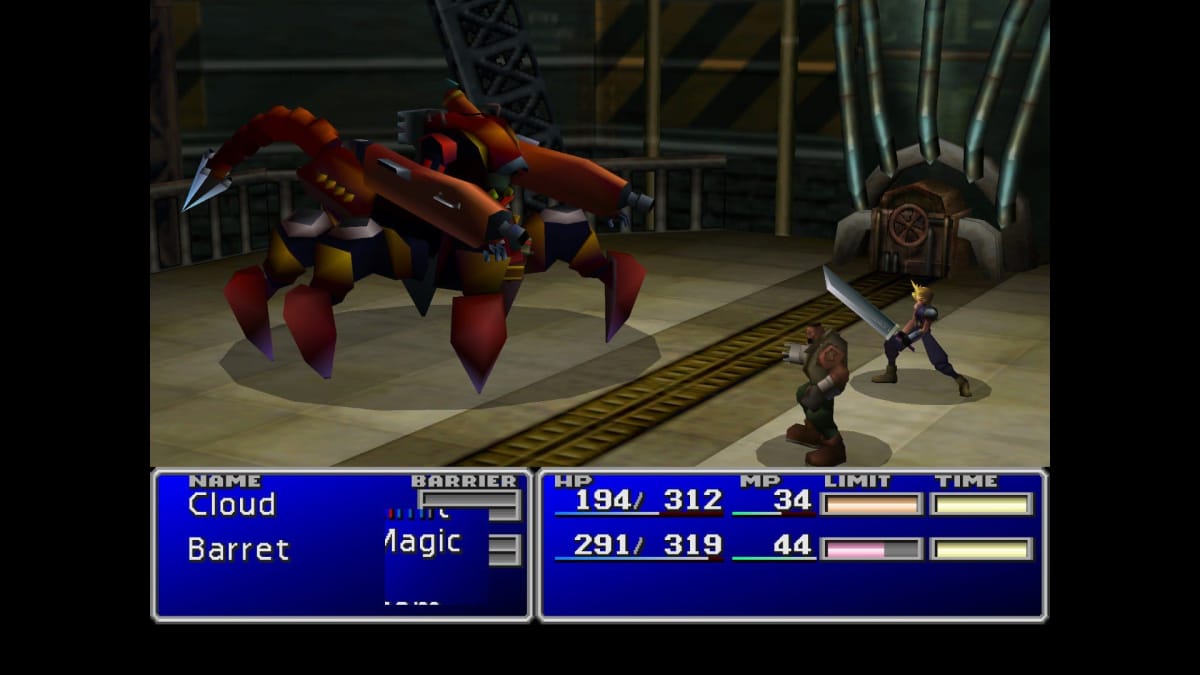
The story starts to expand at a rapid rate, with AVALANCHE working on destroying more reactors and Shinra attempting to stop them. We meet Tifa Lockhart, a childhood friend of Cloud’s and fellow AVALANCHE member, as well as the young flower girl from the intro, Aerith Gainsborough. Eventually, we learn of someone named Sephiroth from Cloud’s past. Sephiroth was the most-skilled SOLDIER out there, but after one mission goes awry, Sephiroth loses his mind. However, here he is now, and he’s after something very important!
Spoilers beyond this point! Scroll to the next bolded text to avoid plot spoilers!
What started as an ecoterrorism plot suddenly shifts into a more traditional “save the Planet” plot. Sephiroth believes he and his supposed mother, an alien named JENOVA that Shinra has been experimenting on, are Ancients. This old race of people is said to be the inheritors of the Promised Land, and we find out that Aerith is one such Ancient herself.
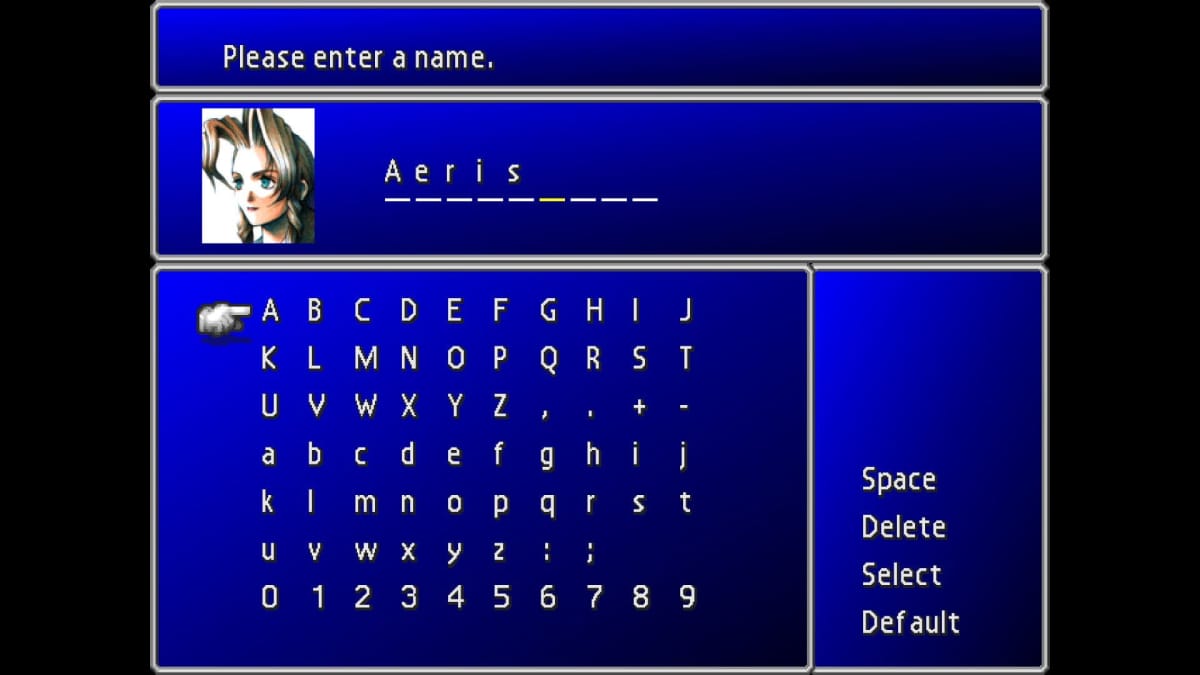
However, Sephiroth soon gets another idea in his mind. Believing that a source of spirit energy called the Lifestream flows through the earth, he concocts a terrible plan. The Lifestream is the source of all life on the planet. When people, animals, trees or anything dies, its energy returns to the planet to help foster new life in its stead.
So Sephiroth plans to use the Black Materia, which is crystallized Mako and where magic comes from in this world, to summon a meteor to crash into the Planet. This will cause the Planet to flow the Lifestream to the impact point in order to heal itself, and Sephiroth will be there to absorb the Lifestream and become a god.
After the party fails to stop him once, Aerith goes to pray at an old temple built by the Ancients. She prays for help from the Planet, attempting to summon Holy to protect against the meteor. Some stuff goes down, Cloud and company get there just a moment too late, and Sephiroth helps create the most well-known game spoiler to date.

So, the race is on at this point. Meteor has been summoned and is rapidly approaching the Planet. Aerith summoned Holy, but it's being suppressed by Sephiroth’s sheer will. It’s up to our ragtag group to chase down Sephiroth and stop the destruction of the Planet!
Oh, also, Cloud was never an elite in SOLDIER and in fact may even be a clone of Sephiroth. His memories are those of Zack Fair, the actual elite member. After tons of Mako experiments by Shinra, Cloud is saved by Zack but they’re both hunted down and Zack is killed. The haze from experimentation plus the trauma of losing Zack causes an identity crisis in Cloud, who adopts Zack’s life as his own.
Oh yeah, and Zack was Aerith's first boyfriend ... I get the feeling this is all trying to be coincidental for the sake of having a bigger emotional punch in the plot.
Spoilers end here. You can continue reading below!
That’s so short of a summary that I almost feel bad not talking about more. However, if I included everything, it would just make this section last an entire review. Suffice to say, there are tons of twists and turns in the plot that range from genuinely shocking to just plain absurd. It seems like they threw every single possible coincidence into the plot in order to make characters more relevant than they need to be. It doesn’t happen often, but it is definitely noticeable.
Red XIII, for example, is a character I love in the plot. He’s found in Midgar about to be experimented on by Shinra employee Hojo, and early on we discover about his past as the last of his race. Once we just happen to stop by Cosmo Canyon, where he’s from, we get to learn about his past more. After that, however, he loses nearly all relevance in the main plot, relegated instead to random quips and scenes where the main characters (Cloud, Tifa and Aerith) actually do stuff.
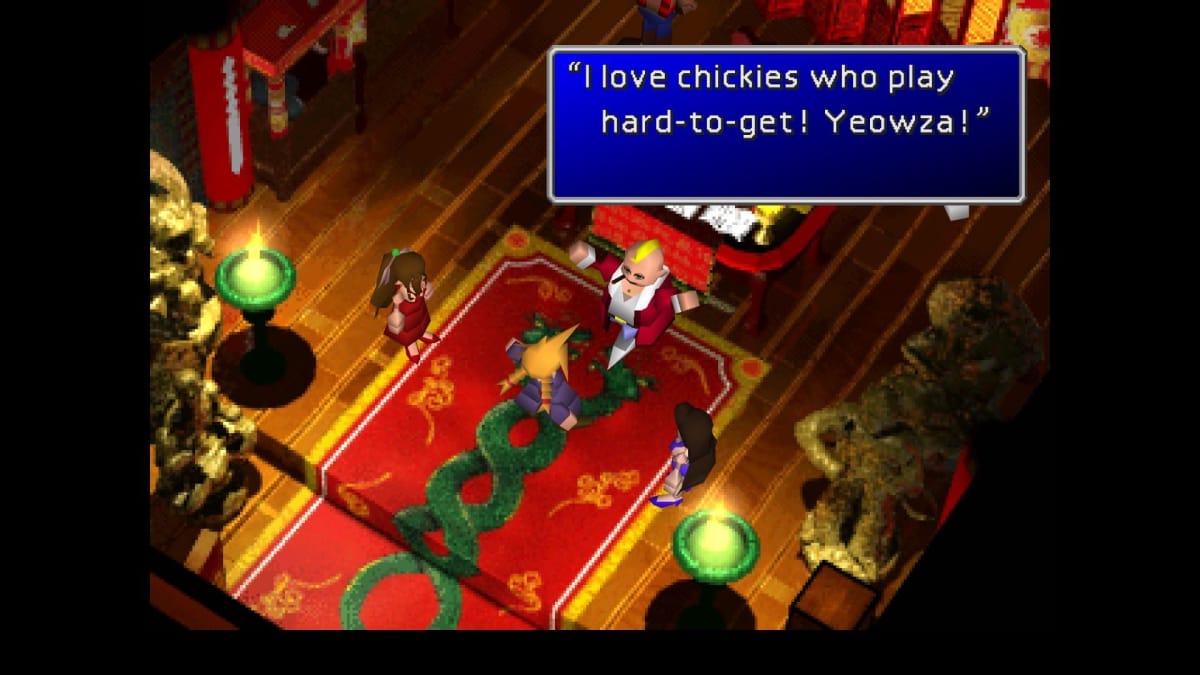
This happens a lot, and it’s kind of jarring to me at times but fulfilling in other times. Yuffie Kisaragi, a Materia thief, is an optional party member and by acquiring her you unlock an entire major sidequest in her hometown of Wutai. That’s awesome and I wish the game did it more! However, unlike Final Fantasy VI, it’s more noticeable that not every character is as important as the main ones. Where that game had several characters without much character growth, it makes up for it by having 14 playable characters with most of them getting fleshed out story.
When it happens in Final Fantasy VII, it’s even more jarring because of the smaller cast of nine playable characters. It’s not a dealbreaker, but I did want to learn more about several of the cast.
Another issue I found was that the game sometimes veered the story toward different areas just to give every character their moment in the spotlight. I hate to pick on Cosmo Canyon and Red XIII so much, but it just exemplifies my point.
We can skip Cosmo Canyon, except we can't. If you ignore it, the buggy you acquire breaks down and forces you into Cosmo Canyon. Here you learn about the Lifestream, and Red XIII clears up misconceptions he had about his dad.
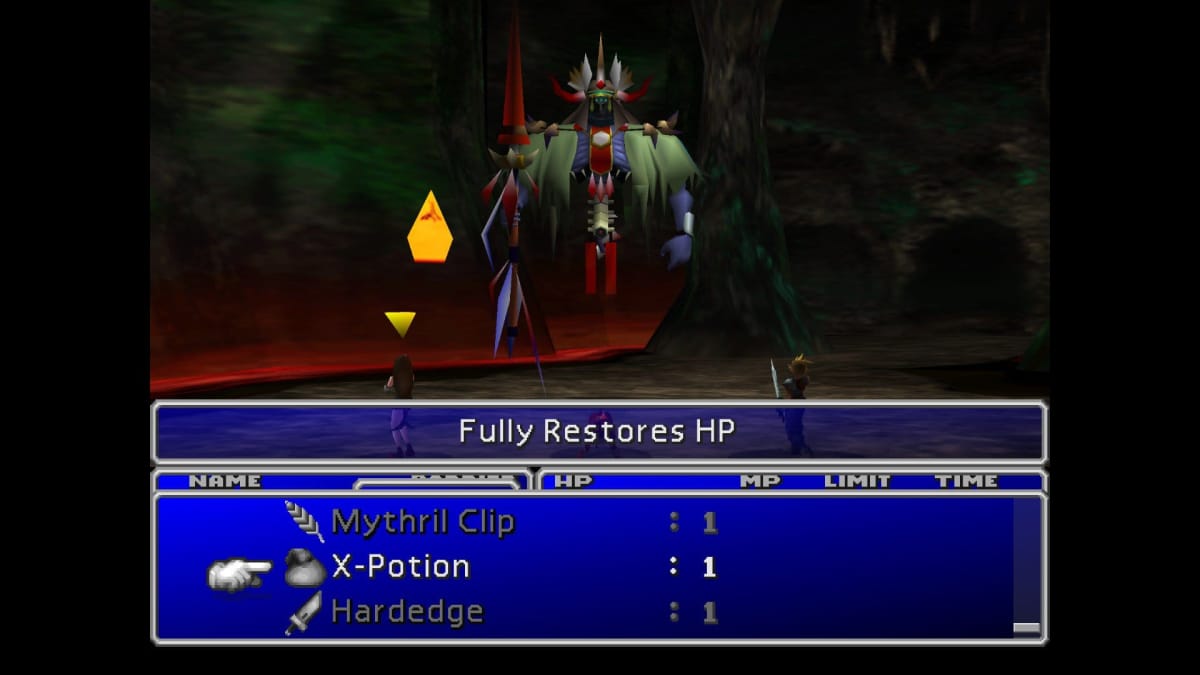
That's the whole reason for the place to exist: to tell you about the Lifestream and the game's central conflict. However, we learn about all of that multiple times throughout the game! And Red XIII’s “moving character growth” is charming but very short-lived in my opinion. If you removed that forced section of the game, you could fit Red XIII’s story just about anywhere.
Overall, though, I really think the story is great in Final Fantasy VII. It's thoroughly interesting to me with plenty of twists and turns. I love the central themes of the game, which are identity and continuing life even after devastating loss. The problem that rears its head is the pacing and the fact that the game sometimes railroads you into areas not relevant to force character growth. Just let it happen naturally!
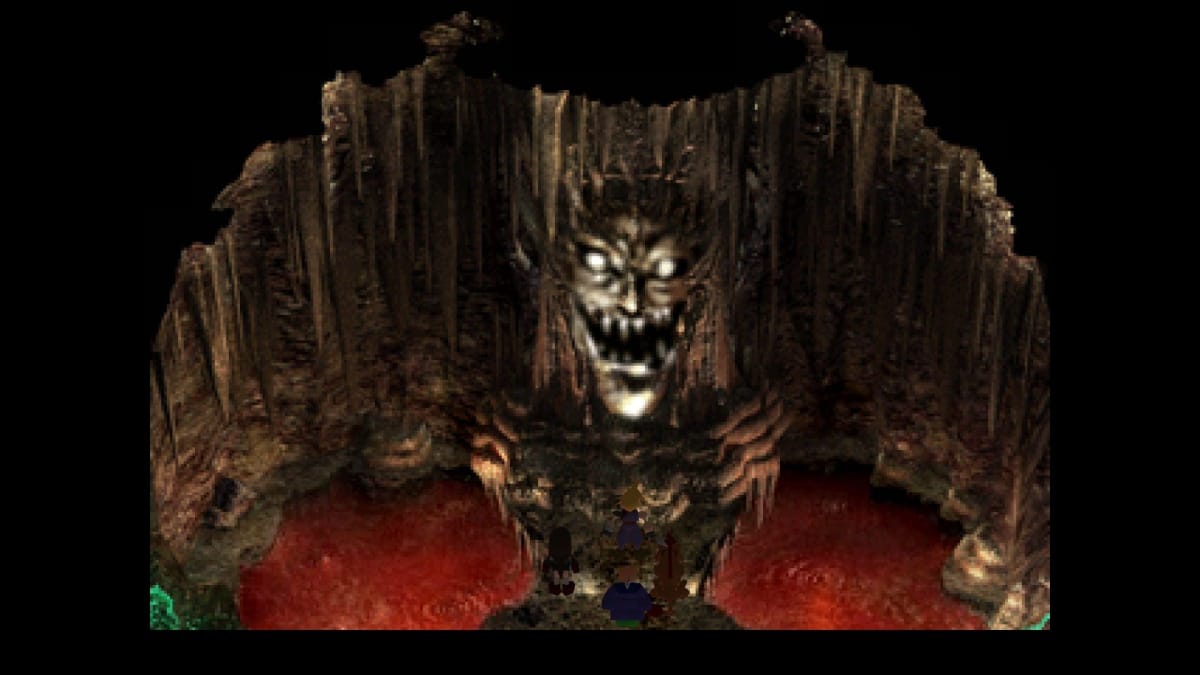
Graphics
“Come waltzin' in here makin' a big scene!”
Final Fantasy VII is a trendsetter, first and foremost. Square wanted to step into the third dimension in a big way, and they succeeded because of the power of the PlayStation. Since it used a CD format instead of the limited data of a cart, the game was able to focus on adding impressive FMV cutscenes.
These gorgeous scenes helped bring a sense of scale to the series not seen before. We know the Giant of Babil or Kefka’s Tower were huge, but we never really got to see them as a whole. In Final Fantasy VII, however, it takes every chance it can to show off enormous stuff. From the very intro sequence showcasing Midgar to the gigantic Shinra Building towering over our heroes, Square decided bigger was better.
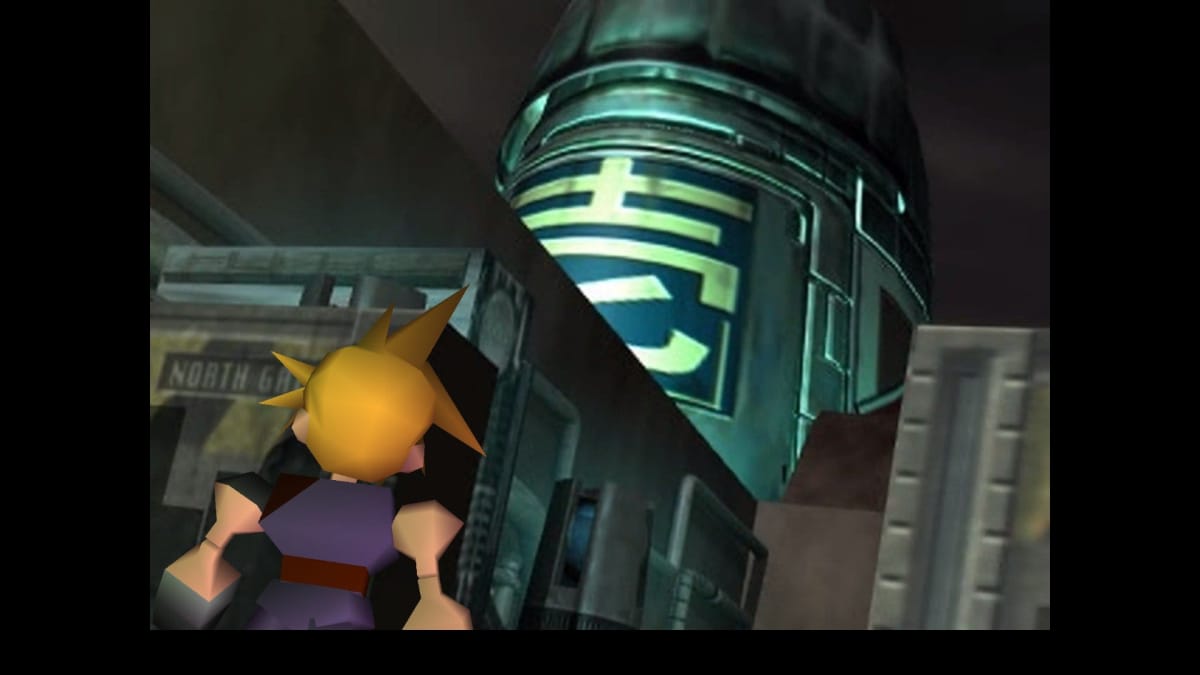
All the backgrounds in Final Fantasy VII are prerendered to cut back on system resources, and it meshes great … for the most part. Sometimes, it's hard to tell where you're able to go or what to do.
A good example of this is when your party must climb a giant wall of rubble and broken cables to get to higher ground. The problem is it's really difficult to tell what you can interact with and what you can't at times. However, these problems are extremely few and far between. Other than that, the environments are absolutely gorgeous!
Now, the character models are a mixed bag. In battle, characters are fully rendered and look awesome. They're very detailed for the PS1 era! The enemies are also detailed but they range from “cool enemy” to “AAAAAAAAHHHHHHH! WHO SAID THIS WAS OKAY?!”
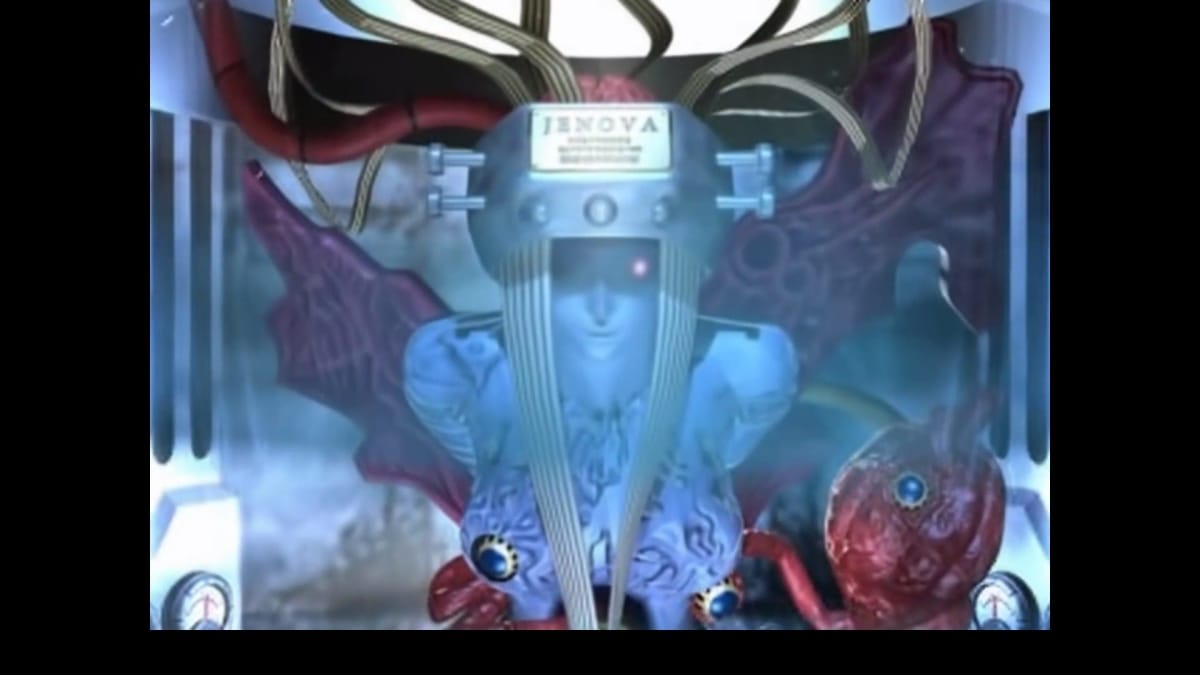
Out of combat, however, things are a little different. Characters are in a blockier, more chibi style to fit in with the environments. Even back when I first played the game, I thought it looked a little odd. They don't have hands, they just have cubes. They're short and stubby, and it just feels weird. I understand that it was likely a system limitation and Square probably had to do it because of system resource usage, but nevertheless it looks really odd to me. It was strange back then and it's strange now.
Like I said, though, the FMVs are awesome and the battle designs are great. Square mentioned that they were happy that they could finally show the true power of summons as well. With the ability to have properly scaled objects and a more cinematic view, these powerful beings finally get to strut their stuff in full 3D glory.
So, even for the time, we find ourselves with a mixed bag. Environments look fantastic thanks to the ability to use plenty of FMVs and prerendered backgrounds. Characters look oddly toony and short out of combat but detailed and fully proportioned while in combat. Enemies are detailed if not terrifying at times, and summons just look plain badass. Not bad overall, but the chibi characters bring it down a bit.
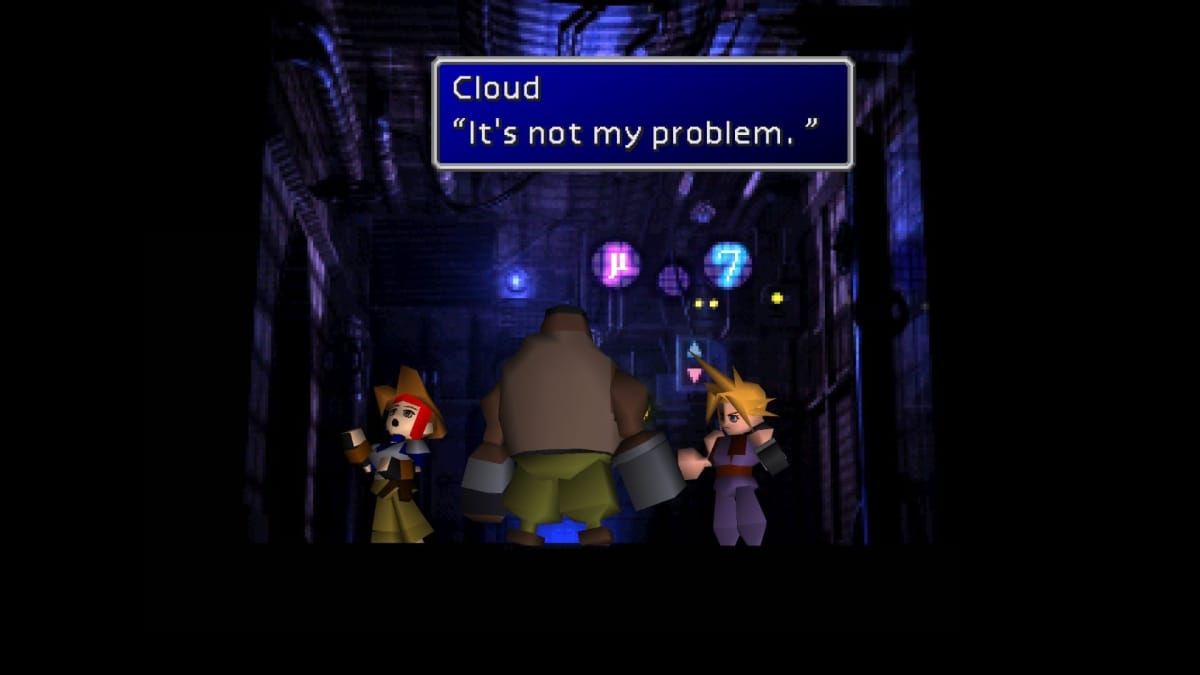
Sound
“@#$%! The hell you so calm? You're bustin' up my rhythm!”
I won't even try to hide my love for this soundtrack. Nobuo Uematsu took his first stab at the PlayStation and hit it directly in the heart. The soundtrack expertly conveys the atmosphere of the game in just about every scene.
It has loud, industrial music for the busier areas, synthesizer-heavy pieces for more technology or other strange scenes, and excellent piano arrangements for the theme of that chick that sells flowers.
Joking aside, Aerith’s Theme was bound to come up eventually. It's easily one of the most recognizable pieces Uematsu has ever created, and it's for good reason. It evokes such a sense of sadness and bitter emotion when it plays, which may surprise you when you find out about the theme. According to Uematsu, he made the theme without her … plot happenings … in mind. Instead, it was meant to convey that she was an innocent woman who was dealt a bad hand in life and wasn't nearly as happy as her outward appearance would have you believe.
In contrast, we have yet another most-recognizable piece: One-Winged Angel. Perhaps his most popular work, Uematsu made sure to give Sephiroth the most imposing battle theme he could muster, and it works great. Between angry thumping drums and Latin chanting lies this wonderful work of art.
Another intense, exciting theme is the first battle theme for JENOVA, the recurring boss of Final Fantasy VII. It’s one of the more synthesizer-heavy battle tracks ,which is used to give it an air of strangeness, which is exactly the feeling you should have in those fights.
I could list just about every track in this game and say great things about it, but I’ll let those three tracks speak for themselves. The entirety of the soundtrack sets the mood perfectly, whether there are lighter or darker moments. It’s always fun to listen to, and while it’s not my favorite soundtrack of the series, it ranks very high!
Gameplay
“Cloud! Please don't die! You can't die! There's still so much I want to tell you!”
Much like the presentation of the game, Final Fantasy VII wanted to really push some new elements heavily in its gameplay. Of course, the more things change, the more they stay the same. The ATB system makes its welcome return in this entry, but everything is about to be turned on its head with just about everything else. Magic is different, barriers are different, there are new systems to deal with … it’s a lot. Let’s dive right in!
For starters, perhaps the most well-known mainstay that Final Fantasy VII introduced is the Limit Break system. Final Fantasy VI has a prototype version of this called Desperation Attacks, but it wasn’t until VII that it was fully fleshed out. By taking damage, you fill a Limit gauge on the character who gets hurt. Fill it up and you can unleash a strong attack on your enemies. Each character has different Limit Breaks, which have different effects.

That’s not all! As you use your Limits more and more, you unlock stronger Limit Breaks. Each character has four levels of Limit Breaks, and each level can have multiple different limit breaks. However, the fourth Limit Break is different from the rest. Instead of just using Limit Level 3 a lot to unlock it, you have to find an item pertaining to each character. This can be as easy as finding it in a hidden chest, or as difficult as completing a random sidequest you have to search for. The reward is an incredibly powerful attack for each character!
Everyone’s Limit Breaks are different. For instance, Cloud has a Limit Break called Blade Beam. It’s a strong attack that hits an enemy, then bounces off and injures another enemy as well. Tifa has several attacks she can do in a row, which are decided by an ever-expanding set of slot reels as she gains more attacks. You get three options repeated several times on each reel: Hit, Yeah!, And Miss. Hit means you get the attack, Yeah! means you get a critical hit with the attack, and Miss means you skip that attack in the chain.
It’s a great system that rewards exploration, even though many of the level 4 limits are found in the most random places, to the point where you seriously would need a guide. It’s honestly annoying at times, but the reward is excellent for your efforts.

Now, there’s more than just Limit Breaks. Final Fantasy VII also introduces the robust Materia system. Materia, as I mentioned above, is crystallized Mako and gives this world magic. You can only equip three items: one weapon, one armor piece, and one accessory. Now, the weapon and armor have materia slots on them. These slots can be by themselves or linked to another materia slot. Also, the armor and weapon can be classified as “normal," “double," or even “triple." This means that the materia you gain will grow at a normal, double, or triple rate.
Grow? Yes, materia grow as you use them. Unlike Final Fantasy VI where you have to equip a summon to someone to learn a specific set of spells, each materia has its own properties. For example, equipping the Fire materia allows the user to cast Fire. Over time, the equipped materia gains Ability Points at the rate dictated by your weapon or armor. Once it “levels up," that allows the user to cast Fire and Fire2. The number of stars on a materia tells you how many levels it has. When it reaches max level, it splits and forms two materia. One is the mastered materia, and one is a new copy of that materia to use and level again. You can then repeat the process if you like, or just use the mastered materia.
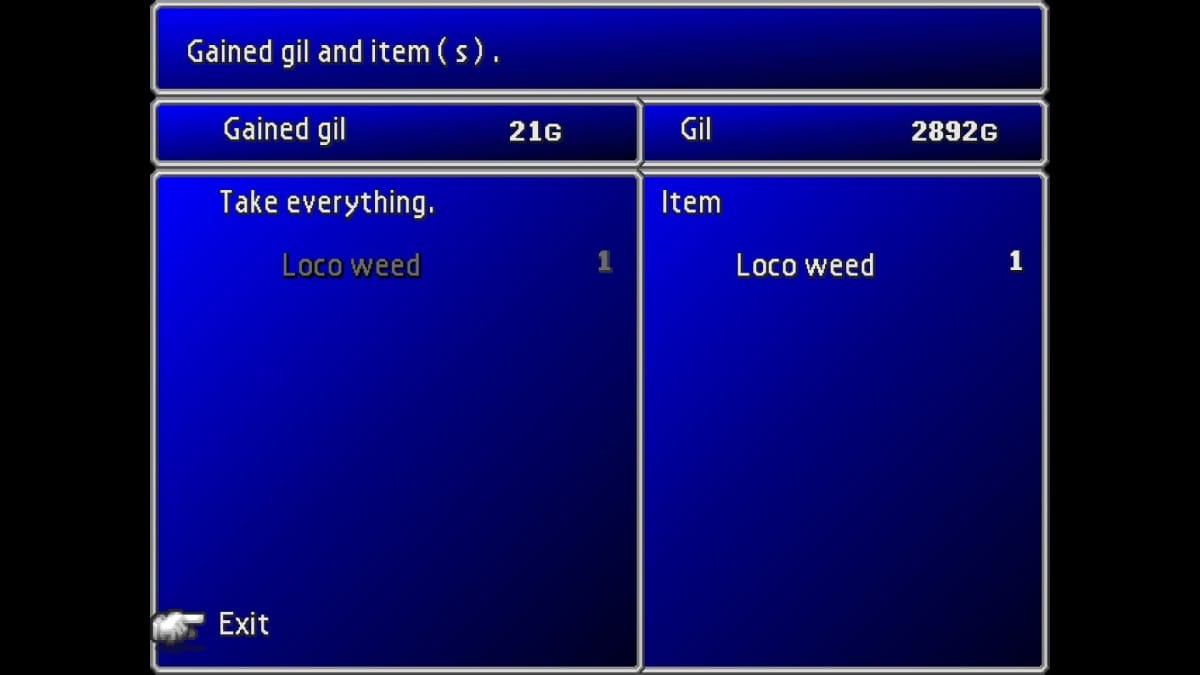
It’s a lot to take in, but it all makes sense. Now, that linking feature I mentioned? It’s very useful. If you link something like Restore materia (Cure magic) with an “All” materia, this will allow you to cast Cure-All to heal your party. As “All” levels up, it allows you to group-cast something more and more times.
Much like this, there’s a special materia called Elemental. Linking this to an elemental materia such as Ice on a weapon will give your regular attack ice properties and do more damage to enemies weak to it. Put it on armor and you’ll take reduced (or zero) damage from that element.
It’s a very deep system that, again, rewards messing around and experimentation. Give it a shot; the best way to learn is to use it!
Another minor thing I would mention in this segment is the Barrier system. When you cast Barrier or Magic Barrier, it’s no longer permanent. There are two small bars by each character, one for each type of barrier. When it’s cast, the bar fills and slowly depletes over time. It’s just something small to add another layer of depth to the game.
There is one issue for me though, and that is Final Fantasy VII starting the trend of moving everything along so slowly. Every battle starts off with a quick loading screen, which isn’t a problem, but then there’s the panning camera to the battle, and then you’re ready to go! However, the battle takes noticeably longer than before. I understand that this is because of slower-loading discs and 3D models instead of fast carts and 2D sprites, but it doesn’t make it less annoying. It’s a problem that’s best shown if 2D sprites had the same issue:
It’s like that, but in 3D! It’s honestly really bothersome after a while and even though it’s not a lot longer than previous games, it adds up over the hundreds upon hundreds of battles you encounter through normal play. On top of that, the ATB gauge feels like it moves so sloooooow compared to other games in the series. It’s actually really bothersome after a while! Other than that, however, the gameplay itself is fantastic.
Also, bonus fun fact: if you’re playing the PS1 original and want to be cheap, cast Regen-All on your team then open the disc tray. The game will pause on the battle, but keep healing you. When full on HP, simply close the disc tray again and the battle will resume as normal!
Anyway, the pace of battle is kind of a slog after a while for me, but the gameplay mechanics themselves are fantastic. It’s a deep and rewarding system, and you can’t ask for more than that in an RPG.
Extras/Replay Value
“Stop talkin' like this is the end!”
You might as well call this “The Extra Bosses” section. Final Fantasy VII pits you against several extremely tough bosses should you choose: the Emerald Weapon, the Ruby Weapon, and the Ultimate Weapon. This is in addition to the story-based Diamond Weapon you have to fight. Each one is extremely difficult and requires you to be at the top of your game in order to fight them!
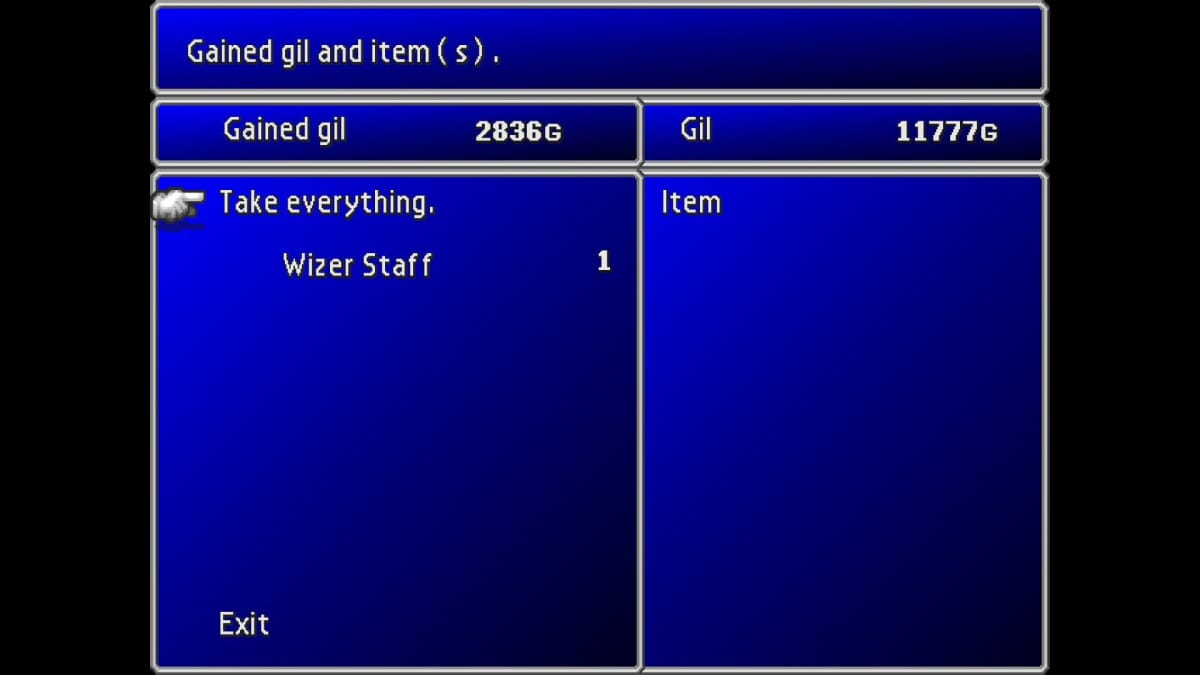
On top of that, as I mentioned, everyone has their ultimate Limit Breaks to obtain. Everyone also has their ultimate weapons to find. There’s just a lot of ultimate going on in Final Fantasy VII.
However, there are several major sidequests as well. The most well-known is getting the Knights of the Round, the ultimate (sigh) summon materia. To get this amazing attack power, you have to … breed the perfect chocobo? Wait, did I read that right?
Yes, yes I did. So you have to breed a golden chocobo, which can fly you to the cave where you find Knights of the Round. Doing so requires catching and breeding so many different colored chocobos and racing them to manipulate their stats. Seriously, this is just one or two paragraphs, but it takes forever to breed this bastard animal. I did it on my old PS1 file when I played 8 years ago, but I’m sorry to say I have too much of a life (playing video games!) to do it again. Doing it again will just take too much time.
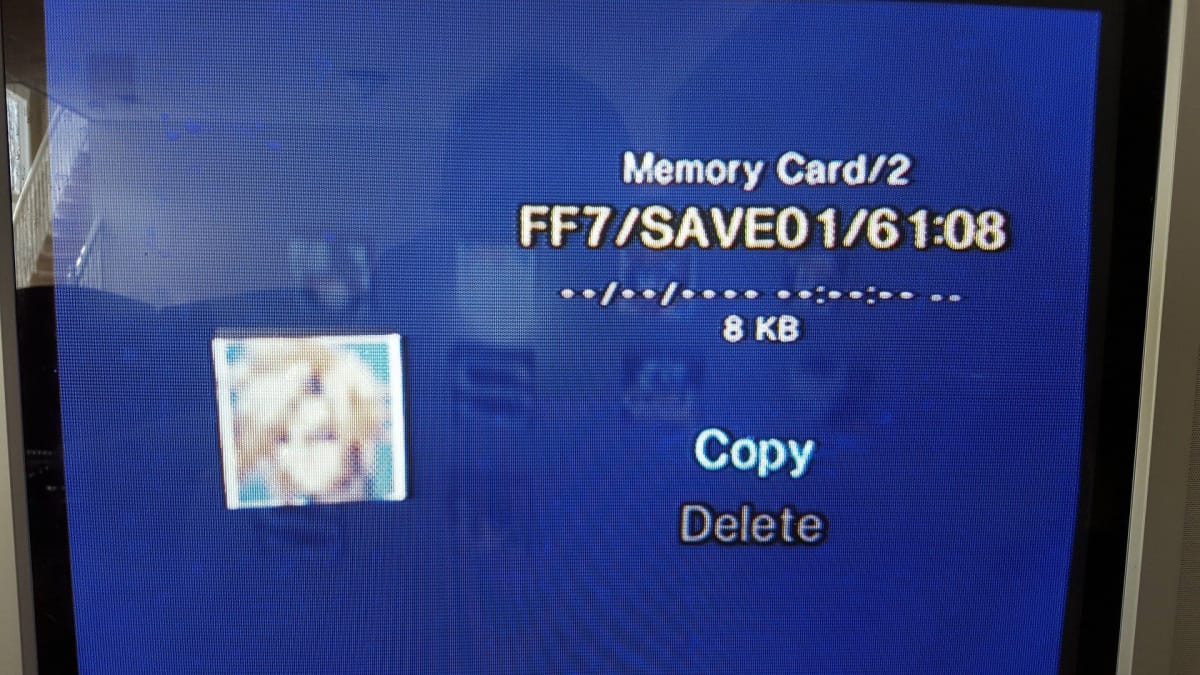
There’s a lot to do besides the main quest, and a lot of it can be fun. Gearing up to fight the Weapons gives you such a sense of satisfaction when you finally beat them, and it just feels awesome. Screw those chocobos though, man. Never again.
The Final Word
“I think I grew up a little. That's what happened!”
I can already feel the horde banging at the door. I spoke ill of Final Fantasy VII and now I must suffer the consequences.
Look, I don’t even remotely hate Final Fantasy VII. I like it. I like it a lot, actually! However, replaying it today, I’ve found several major faults with the game. Many of them are mainly due to the switch to 3D, and I wouldn’t say the series should’ve stayed 2D. I applaud Final Fantasy VII for daring to make such a switch during that time. It was, and always will be, a revolutionary pioneer. However, nowadays it just feels so slow at times.
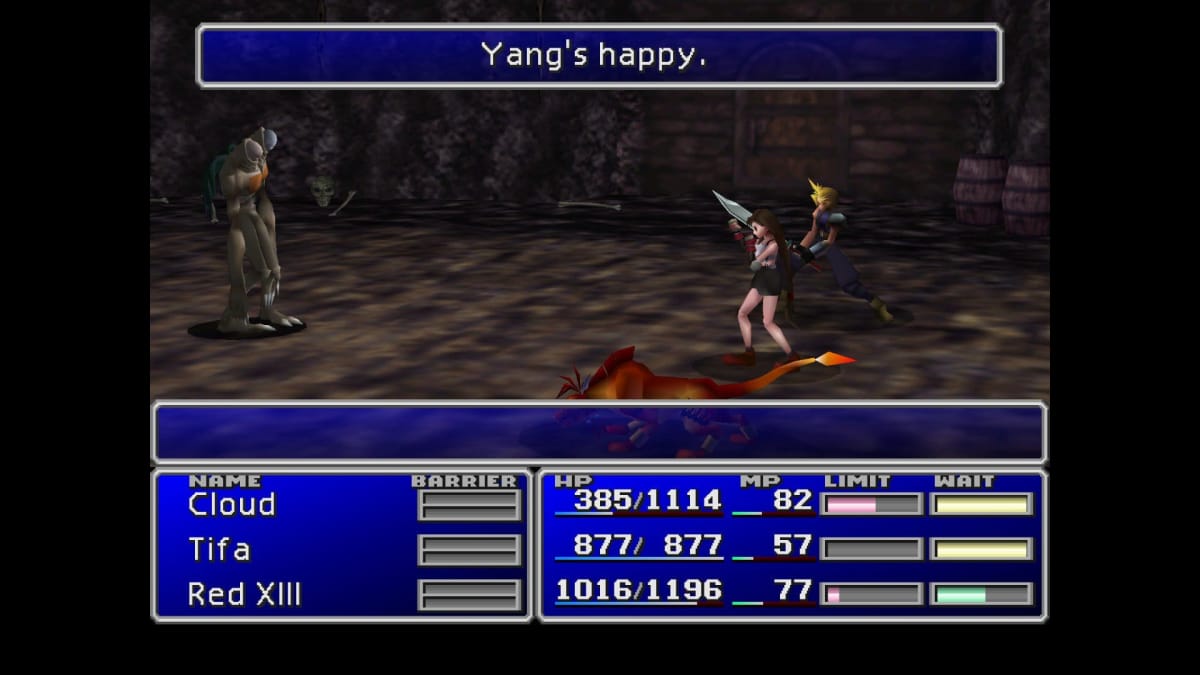
The characters are great, but several of them lose relevance too quickly. The gameplay mechanics are deep and engaging, but individual battles drag on way too long. The story is engrossing, but the pacing is wacky at times. Honestly, the only thing I don’t have any issues with is the soundtrack, which is superb at all times.
I hate to say games “age poorly," and I won’t do that here. I’ll just say that Final Fantasy VII is an ambitious, exciting story told on hardware that has been vastly outdone since. Playing the Steam version alleviates a few of these problems, what with faster loading times, but it doesn’t change several pacing issues with the game overall. I really do like Final Fantasy VII. Unfortunately, I don’t love it. It’s great, even, but nowhere near a perfect game in my opinion.
Now if you’ll excuse me, I’m about to go make like Game of Thrones and hold the door.
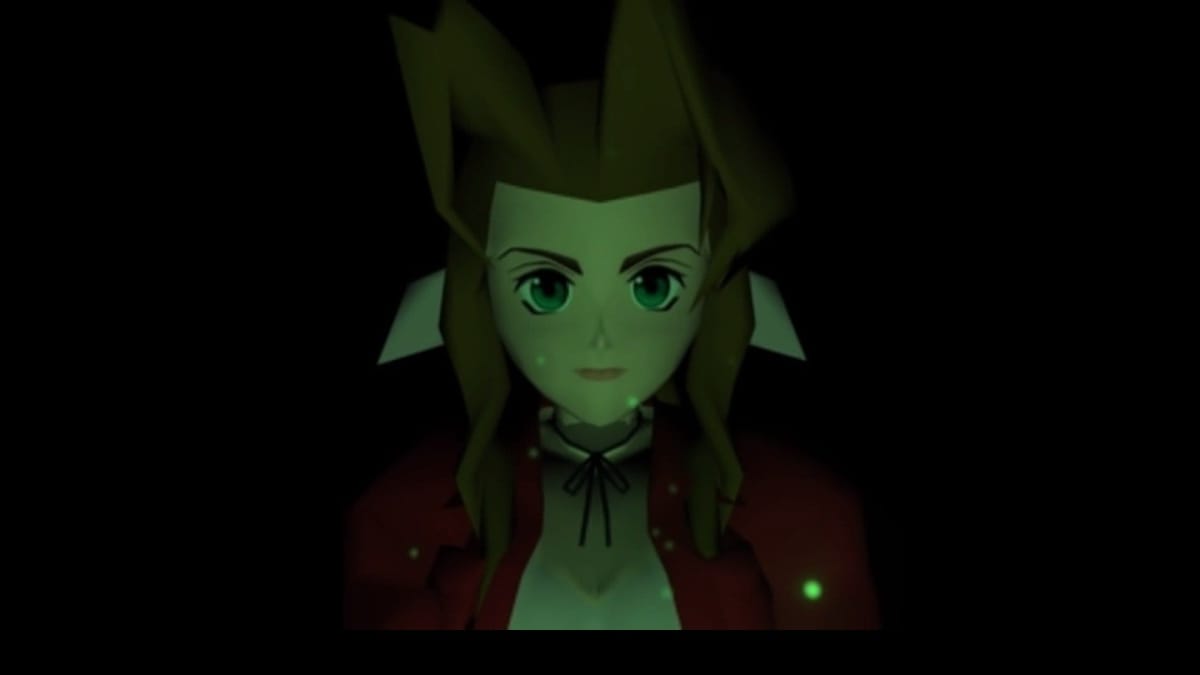
Have a tip, or want to point out something we missed? Leave a Comment or e-mail us at tips@techraptor.net
